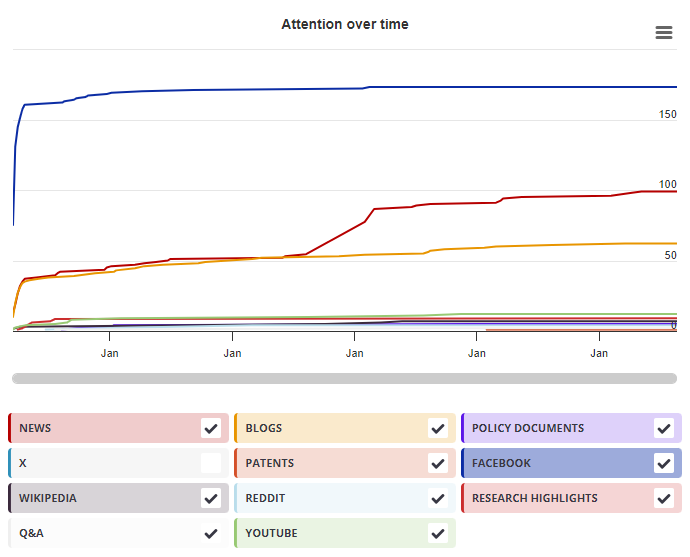This study examined how stimulus elimination (SE) in a preference judgment task affects observers' choices. Previous research suggests that biasing gaze toward one alternative can increase preference for it; this preference reciprocally promotes gaze bias. Shimojo et al. (2003) called this phenomenon the Gaze Cascade Effect. They showed that the likelihood that an observer's gaze was directed toward their chosen alternative increased steadily until the moment of choosing. Therefore, we tested whether observers would prefer an alternative at which they had been gazing last if both alternatives were removed prior to the start of this rising gaze likelihood. To test this, we used a preference judgment task and controlled stimulus presentation based on gaze using an eye-tracking system. A pair of non-sensical figures was presented on the computer screen and both stimuli were eliminated while participants were still making their preference decision. The timing of the elimination differed between two experiments. In Experiment 1, after gazing at both stimuli one or more times, stimuli were removed when the participant's gaze fell on one alternative, pre-selected as the target stimulus. There was no significant difference in the preference of the two alternatives. In Experiment 2, we did not predefine any target stimulus. After the participant gazed at both stimuli one or more times, both stimuli were eliminated when the participant next fixated on either. The likelihood of choosing the stimulus that was gazed at last (at the moment of elimination) was greater than chance. Results showed that controlling participants' choices using gaze-contingent SE was impossible, but the different results between these two experiments suggest that participants decided which stimulus to choose during their first period of gazing at each alternative. Thus, we could predict participants' choices by analyzing eye movement patterns at the moment of SE.
